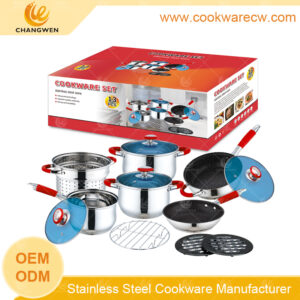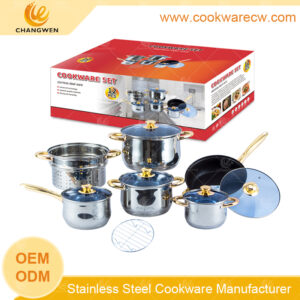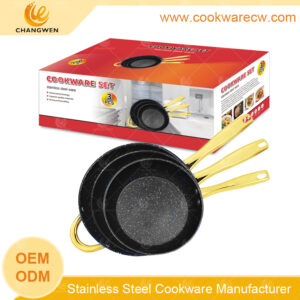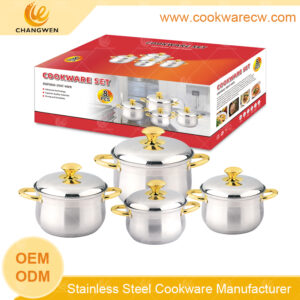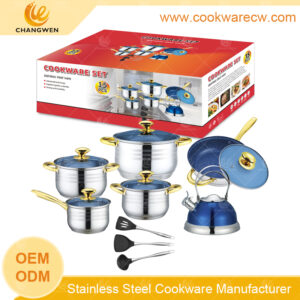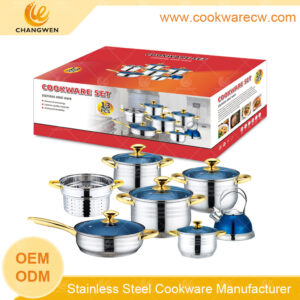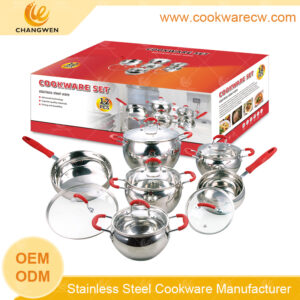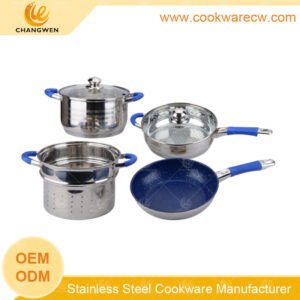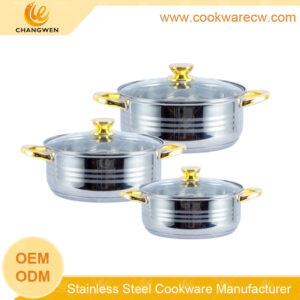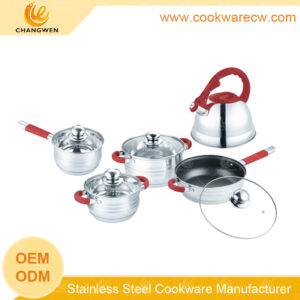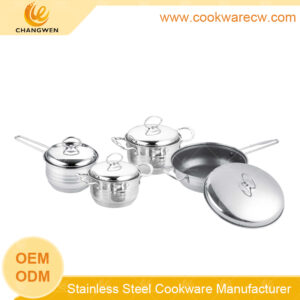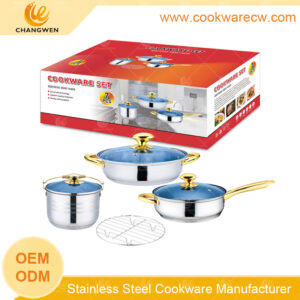
Which is better, three-layer or five-layer stainless steel?
Both three-ply and five-ply stainless steel pots have their own advantages, and which one is better depends on your needs and preferences. Here are some of their characteristics: Three-layer stainless steel pot: Three-layer stainless steel pot, also known as three-layer alloy pot, usually consists of an inner and outer layer

